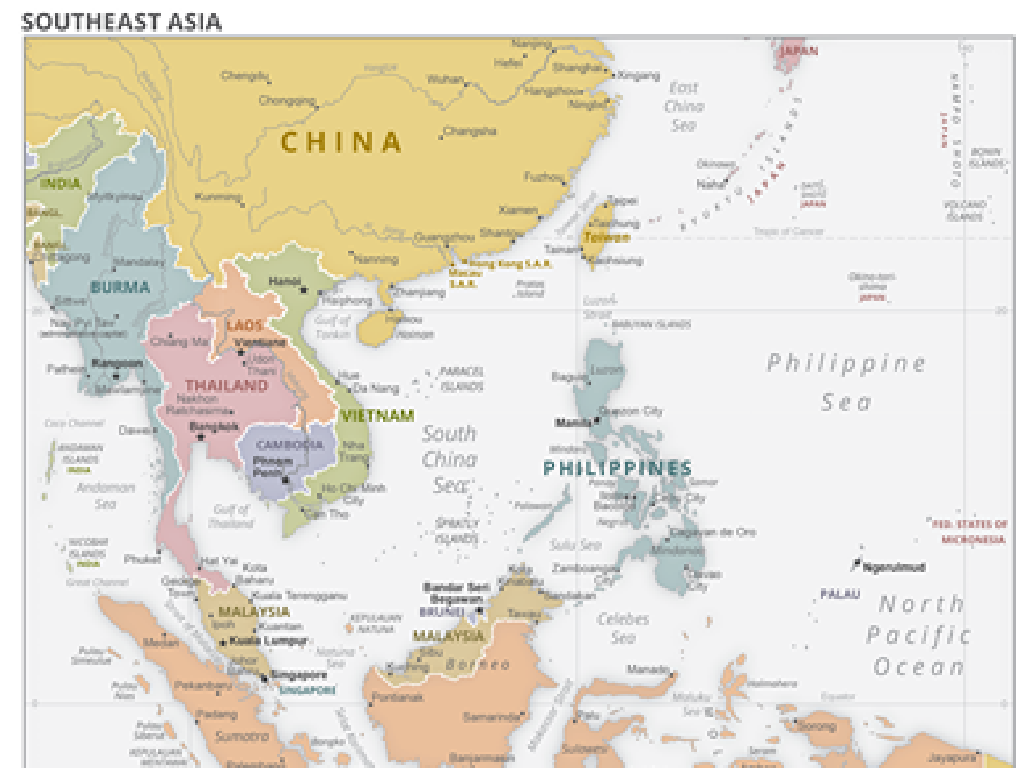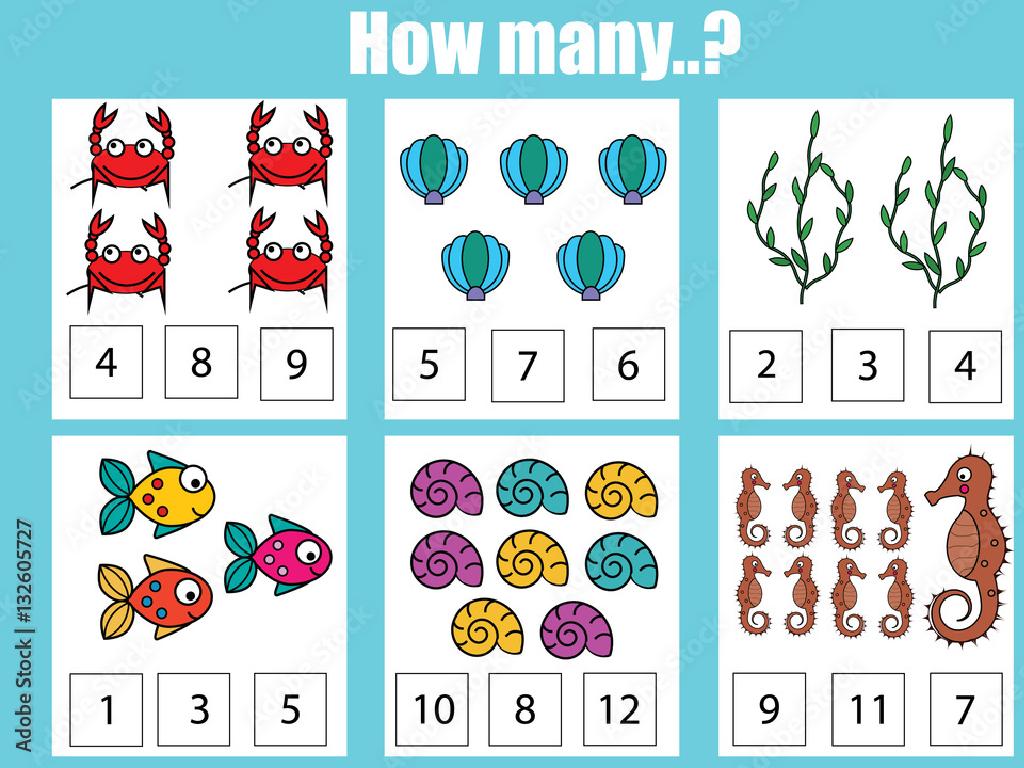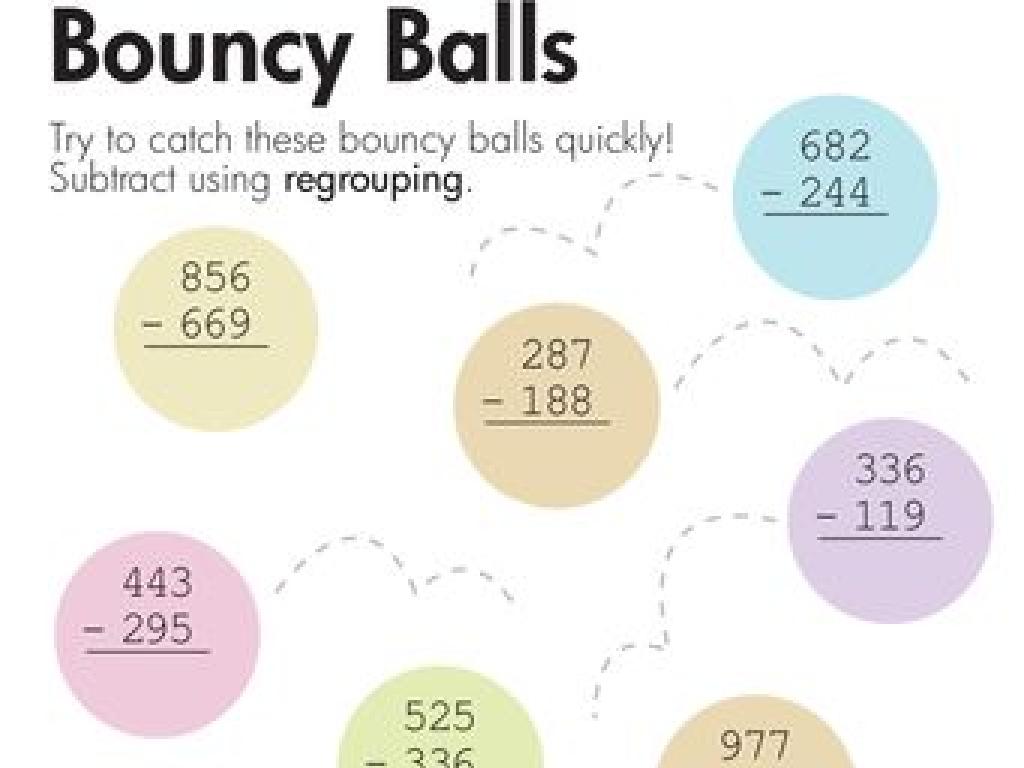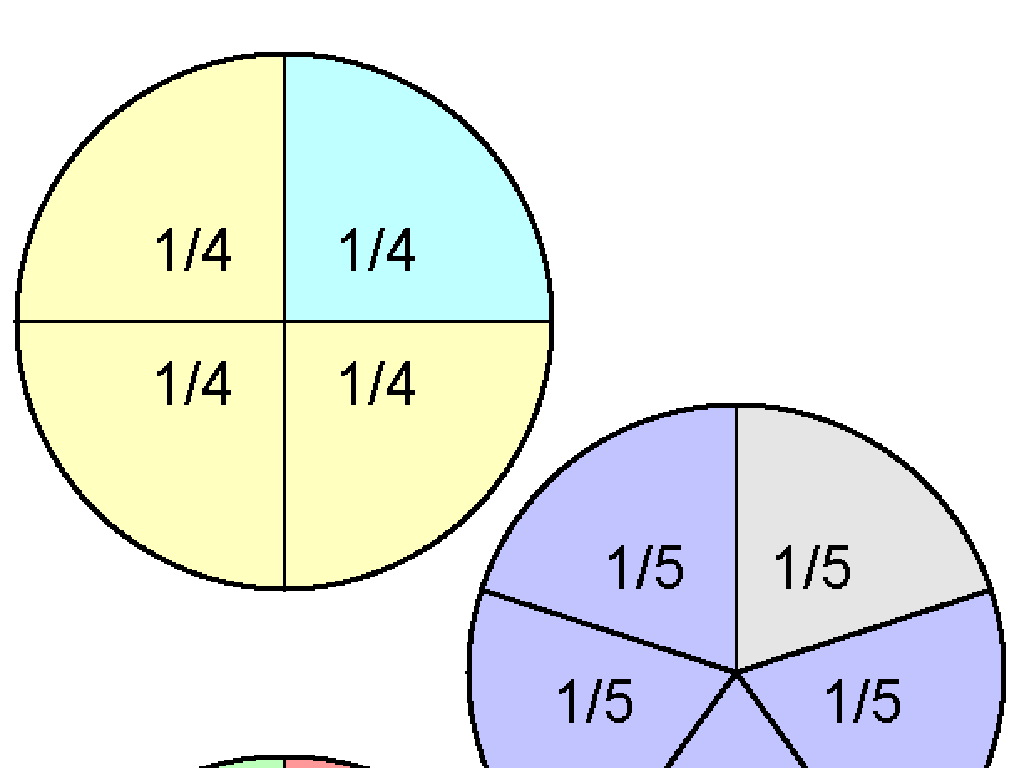Same And Different
Subject: Math
Grade: Kindergarten
Topic: Same And Different
Please LOG IN to download the presentation. Access is available to registered users only.
View More Content
Same and Different: Discovering Patterns
– Greet our young mathematicians
– Today’s topic: ‘Same and Different’
– Learn to compare objects
– What makes two things the same? What makes them different?
– Spotting similarities and differences
– Use colors, shapes, sizes to find patterns
|
Begin the class with a warm welcome to engage the children and create a friendly learning environment. Introduce the concept of ‘Same and Different’ by explaining that it helps us understand how things are alike and how they are unique. Use simple, relatable examples like comparing apples and oranges, or different types of animals. Encourage the children to think about what characteristics make objects the same (color, shape, size) and what makes them different. Use visual aids and real-life objects to help them grasp the concept. This foundational skill in mathematics will aid in their ability to categorize, create patterns, and begin basic sorting – all essential for their mathematical development.
Exploring ‘Same’ in Our World
– Understanding ‘Same’
– ‘Same’ means not different in any way.
– Spotting ‘Same’ items
– Look around to find identical objects.
– Examples of ‘Same’
– Like two red apples or clothes that match.
– Class activity
|
This slide introduces the concept of ‘same’ to Kindergarten students by defining it and providing relatable examples. Start by explaining that ‘same’ means two or more things that are exactly alike in every way. Encourage the students to look around their classroom or home for items that are the same, such as two red apples or pairs of matching socks. Use visual aids like pictures or actual objects to illustrate the point. For the class activity, have students bring or point out items they believe are the same and discuss why they think so. This will help them apply the concept of ‘same’ to their everyday observations and enhance their critical thinking skills.
Understanding ‘Different’
– ‘Different’ means not the same
– Spot items that are different
– Look around the room for things that don t match
– Example: Banana vs. Apple
– A banana is long and yellow, while an apple is round and can be red or green
– Example: Cat vs. Dog
– A cat meows and a dog barks; they are different animals
|
This slide introduces the concept of ‘different’ to Kindergarten students. Start by explaining that ‘different’ means things that are not the same or things that are unlike each other. Encourage the students to look around their immediate environment to spot items that are different from each other, which will help them understand the concept through observation. Use simple, relatable examples like comparing a banana to an apple, highlighting their distinct shapes and colors, and comparing a cat to a dog, pointing out the different sounds they make. This will help the students grasp the idea of ‘different’ in a fun and interactive way. Encourage the children to think of their own examples and share them with the class.
Let’s Play: Same or Different?
– Look at pictures together
– Decide if they are same or different
– ‘Same’ means exactly alike
– Two objects that look exactly the same
– ‘Different’ means not alike
– Objects that have different colors, shapes, or sizes
|
This interactive game is designed to help Kindergarten students understand the concept of ‘same’ and ‘different’ by visually comparing objects. Display a series of pictures on the screen, ensuring a mix of identical and non-identical pairs. Encourage the students to observe closely and vote on whether the objects are the same or different. Reinforce the meaning of ‘same’ by highlighting identical features like color, shape, or size. Contrastingly, point out the differences when objects vary in one or more attributes. This activity promotes critical observation skills and vocabulary development. Possible variations of the activity could include comparing physical objects in the classroom, using a mix of 2D and 3D shapes, or even comparing sounds or textures for a multi-sensory approach.
Matching Pairs: Same and Different
– Objects that come in matching pairs
– Find matching shoes, gloves, and socks
– Look for pairs that look exactly alike
– Determine same or different pairs
– Use color, shape, size to compare
– Discuss why they match or don’t
– Explain your reasoning to the class
|
This slide is designed to introduce Kindergarten students to the concept of identifying similarities and differences through matching pairs. The activity involves finding pairs of common items like shoes, gloves, and socks. Encourage the students to observe details such as color, shape, and size to determine if the items are the same or different. This exercise helps develop critical thinking and observational skills. For the class activity, have a variety of pairs available for students to match. Guide them to articulate why certain pairs match and others don’t, reinforcing language skills and concept understanding.
Grouping Objects: Same and Different
– Group similar objects together
– Group toys, fruits, shapes
– Like grouping red apples or round balls
– Discuss grouping criteria
– Size, color, shape can be criteria
– Understand same vs. different
– Learn to categorize and differentiate
|
This slide introduces the concept of grouping objects based on their similarities. Start by explaining that objects that are ‘the same’ in some way can be grouped together. Use tangible examples like toys, fruits, and shapes to make it relatable for Kindergarten students. Ask guiding questions to help them think about why certain objects belong together, such as ‘What color are these apples?’ or ‘Are these balls the same shape?’ This will help them understand the criteria for grouping and the concepts of ‘same’ and ‘different.’ Encourage participation by allowing students to suggest their own examples and explain their reasoning. This activity lays the foundation for categorization, a key skill in early math learning.
Class Activity: Same and Different Hunt
– Let’s find matching items
– Look for different items too
– Choose a pair that’s the same
Like two blue blocks or twin teddy bears
– Pick two that are not alike
Maybe a red apple and a green leaf
|
This activity is designed to help Kindergarten students understand the concept of ‘same’ and ‘different’ through a fun and interactive classroom hunt. Encourage the children to walk around the classroom and observe items carefully. They should look for a pair of items that are exactly the same in shape, color, or size, and then find two items that are distinctly different from each other. Provide guidance and ensure safety as they move around. Possible activities for different students could include finding similar books, matching shapes, or identifying different textures. This hands-on experience will reinforce their ability to compare and contrast objects in their environment.
Show and Tell: Same and Different
– Share your ‘Same and Different’ finds
– Explain why items are same or different
– Use colors, shapes, sizes to describe
– Great job on your exploration
– Ready for our next adventure?
|
This slide is for a Show and Tell activity where students will present items they found during a ‘Same and Different’ hunt. Encourage them to explain their reasoning for why the items are the same or different, using attributes like color, shape, and size. Praise their efforts in exploring and understanding the concept of ‘Same and Different’. Prepare them for the next activity with enthusiasm. For the teacher: Have a list of guided questions ready to help students if they struggle to explain, such as ‘What color is your item?’ or ‘Is your item big or small compared to others?’
Celebrating Our Learning: Same and Different
– Great job learning ‘Same and Different’
– This concept is key for future math
– Recognizing patterns and sorting objects are foundational math skills.
– Applaud yourselves for your hard work
– Keep observing ‘Same and Different’ around you
– Encourage looking for similarities and differences in everyday objects.
|
This slide is meant to congratulate the students on their hard work and understanding of the concept of ‘Same and Different.’ It’s important to reinforce how this concept is a building block for many other math skills they will learn, such as sorting, classifying, and understanding patterns. A positive reinforcement like a round of applause can boost their confidence and encourage a love for learning. As a follow-up, suggest that students continue to practice by observing and discussing objects they encounter every day, noting how they are the same or different. This will help solidify their understanding and application of the concept.






